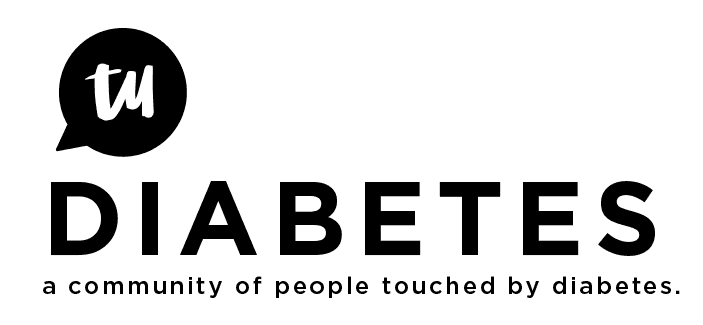-
On Monday, the ADA published its Standards of Medical Care in Diabetes for 2019 , (198 pages, 1,730 citations). Overall, it is an upgrade from the 2018 document to have a full section on tech, with a smattering of oddities. We were encouraged to see strong CGM recommendations for adults with type 1 diabetes (including during pregnancy! This is such a win from an awareness perspective alone) – an “A” grade for evidence to reduce A1c in those not at target. There was a slightly more conservative read on pediatric CGM use, which received a “B” grade and modest phrasing (“should be considered”) – we felt “expert opinion” should’ve easier taken that up to an A. FreeStyle Libre is oddly a separate section, with “C” evidence for replacing fingersticks – that was slightly surprising since it has sailed through FDA.
-
There was no broad recommendation on use of CGM in type 2 – even for intensive insulin users or professional (diagnostic) CGM although those on intensive insulin are shown in Section 7.6 that CGM should be considered. It was positive to see a whole automated insulin delivery section, though it offered a fairly limited review of the evidence (focused on 670G) and lacked any mention of Tandem’s Basal-IQ (predictive low glucose suspend). Still, the “B” recommendation for hybrid closed loop is a noteworthy upgrade from last year’s more limited recommendation for adolescents only. Finally, there is a strong “A” recommendation for the use of sensor-augmented pump therapy in children, adolescents, and adults with type 1 diabetes, with an oddly weaker “C” recommendation for pump therapy alone. Smart pens are mentioned, but without evidence grading yet – that seems fine and one of many great things about the Standards these days is that they are reviewed often and can be easily changed or adapted.
-
Personalized care is the key thematic focus of these Standards, reflected in the ADA’s headline on the updated document. Calling for a “paradigm shift” toward patient-centered diabetes care, the ADA made a number of refinements across demographics and other personal factors: We noted stronger recommendations on NAFLD/NASH evaluation, an expanded and more specific section on language in diabetes, and more personalized (though still a bit general) nutrition guidance – the latter is particularly needed and we are very excited about new new nutritional guidelines that are scheduled to be released in 2019 that emphasizes individualized nutritional guidance. Notably, new algorithms were created to guide HCPs in (i) simplification of insulin therapy among older adults for whom de-intensification is appropriate; and (ii) treating new-onset type 2 diabetes in overweight youth, an increasingly important issue. We believe some caution is in order over the “simplification of therapy” – rather than creating higher A1c targets, we hope that different therapy will be offered that helps patients manage glucose as well as possible while reducing risk of hypoglcyemia and enabling weight loss and cardioprotection.
-
The treatment algorithm and therapy recommendations were updated to align fully with the recent ADA-EASD Consensus Report . Most notably, GLP-1s are now recommended as the first-line injectable over basal insulin, and GLP-1s and SGLT-2s are recommended for those with predominant ASCVD (either class) or HF/CKD (SGLT-2s preferred). Unfortunately, results on dapagliflozin from DECLARE have not been incorporated yet; we have confirmed with the ADA the results are currently under review by the PPC for a living Standards of Care update in early 2019.
-
Compared to previous versions, though, CV disease is very prominently featured in the treatment decision cascade, and the CVD management chapter is endorsed by the ACC. These Standards also feature a new flow chart on injectable therapy intensification, plus, notably, a table on hypoglycemia risk assessment.
-
We were disappointed to see the section on noninsulin treatment for type 1 – already quite small – was cut nearly in half, a confusing decision given the use of adjunct therapies is only becoming more common. We were informed by ADA that it recognizes the unmet need for additional and adjunctive therapies for individuals with Type 1 diabetes. As the Standards reports on approved indications, the abbreviated section should not be interpreted as this area not being important. As new evidence is obtained and when moving toward an indication, this clearly will be updated.
Written by: DiaTribe
